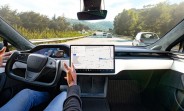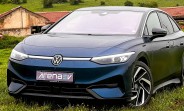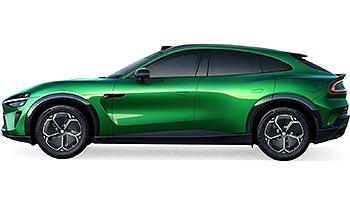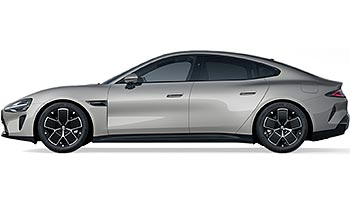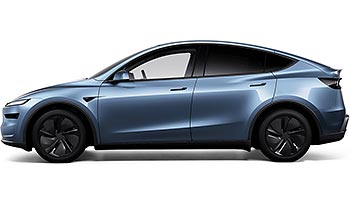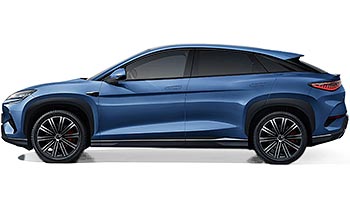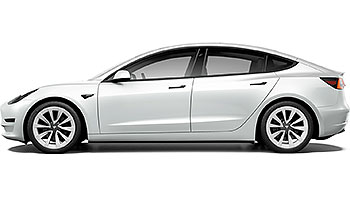As car sales slump, Tesla turns to robot dreams to woo its investors
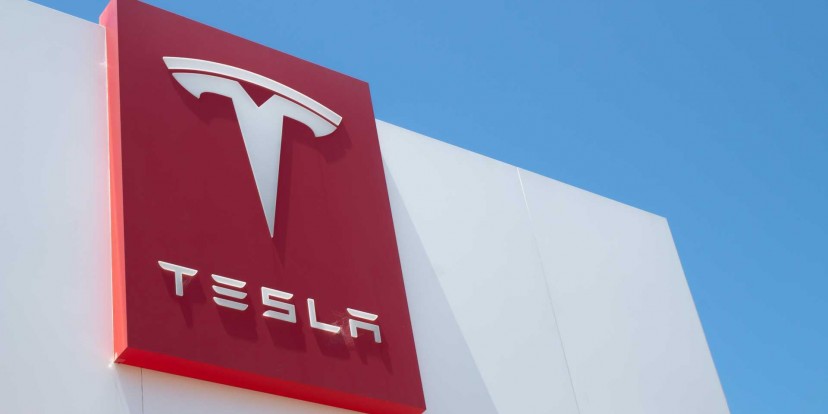
Tesla will release its second-quarter financial results for 2025 later today, and the electric vehicle community is watching closely. For a company whose success has been measured by explosive growth, the latest numbers point to a major slowdown. The core of Tesla's financial performance has always been straightforward: how many cars it delivers to customers. The latest reports on that front are raising a lot of questions and set a somber tone for the upcoming earnings call.
Earlier this month, the automaker announced it delivered 384,122 vehicles in the second quarter. This is a massive number of electric cars by any standard, but it represents a 13.5% decrease compared to the same period last year, and it will directly impact Tesla's revenue.
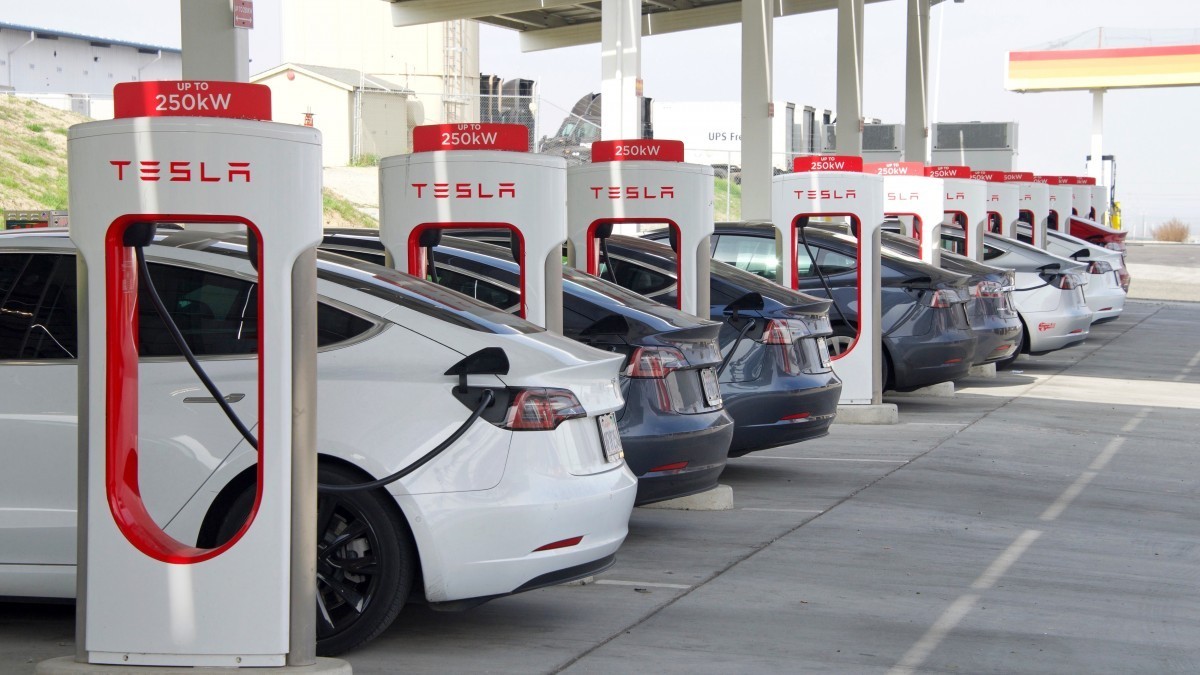
Wall Street analysts are bracing for a figure around $22.28 billion, a big drop from the $25 billion Tesla posted in Q2 2024. Profitability is also expected to take a hit, with consensus estimates for earnings at $0.40 per share, down from $0.52 a year ago. Complicating the picture is the fact that Tesla produced over 410,000 vehicles, leaving approximately 25,000 unsold cars in inventory and suggesting that production is currently outpacing demand.
A deep dive into one of Tesla's most important markets, California, exposes the challenge. In the last quarter, new Tesla registrations in the state dropped by 21% year-over-year, making it the seventh consecutive quarterly decline in this critical region.
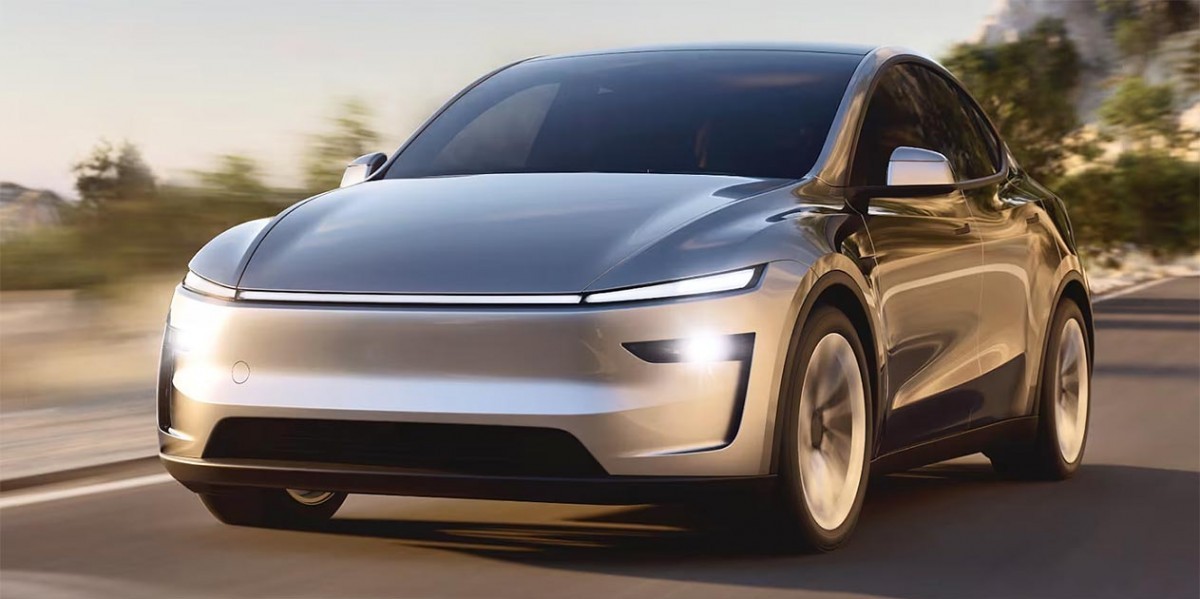
Even the brand's superstar Model Y is not immune to trouble. Its registrations in California fell by 37% in the first half of 2025. While the Model Y and Model 3 remain two of the most popular vehicles in the state, their shrinking market share reveals the growing pressure from a flood of new EVs from competing brands.
Beyond the cooling demand for its tired vehicle lineup, Tesla is about to experience financial headwinds that threaten its bottom line like nothing ever before. The biggest problem is the rapid disappearance of revenue from regulatory credits. For years, Tesla enjoyed a lucrative side business selling these "green credits" to other automakers who failed to meet government emissions standards.
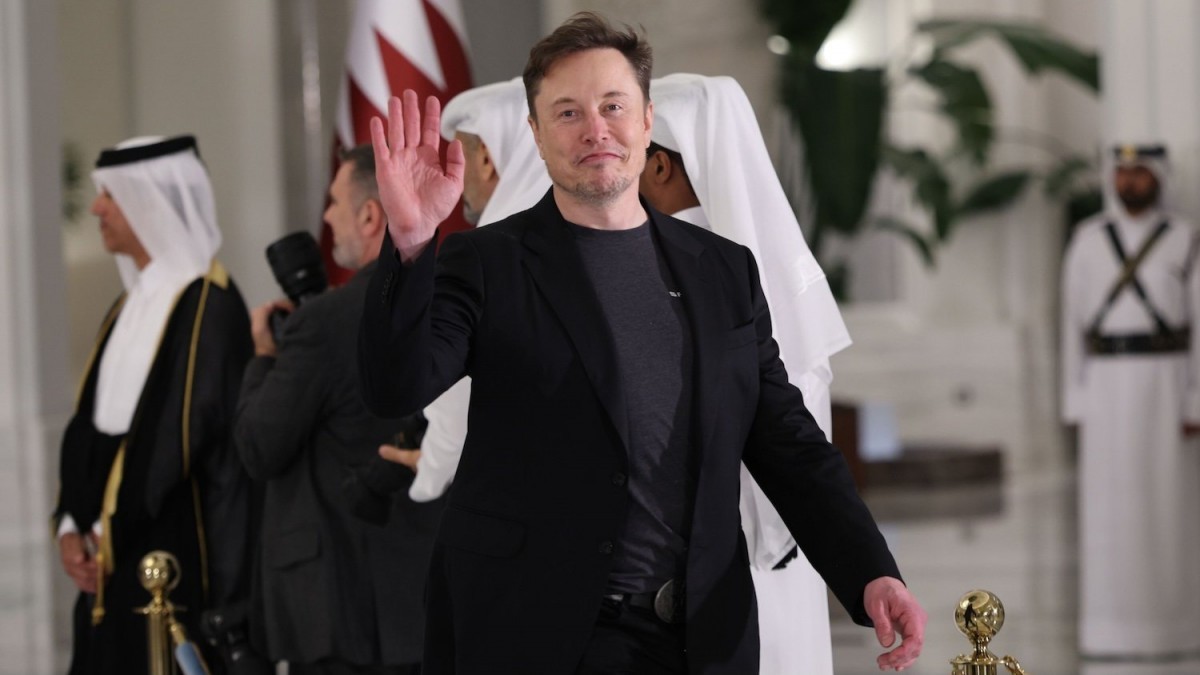
This was not pocket change - in the first nine months of 2024, these credits accounted for an incredible 43% of Tesla's net income. A new bill that removes penalties for automakers who miss their emissions targets has effectively destroyed the market for these credits.
Analysts predict this revenue could fall by 75% next year and vanish completely by 2027. The second headwind is the approaching end of the $7,500 federal tax credit for EV buyers, a key incentive that has helped make Tesla's electric cars more affordable.
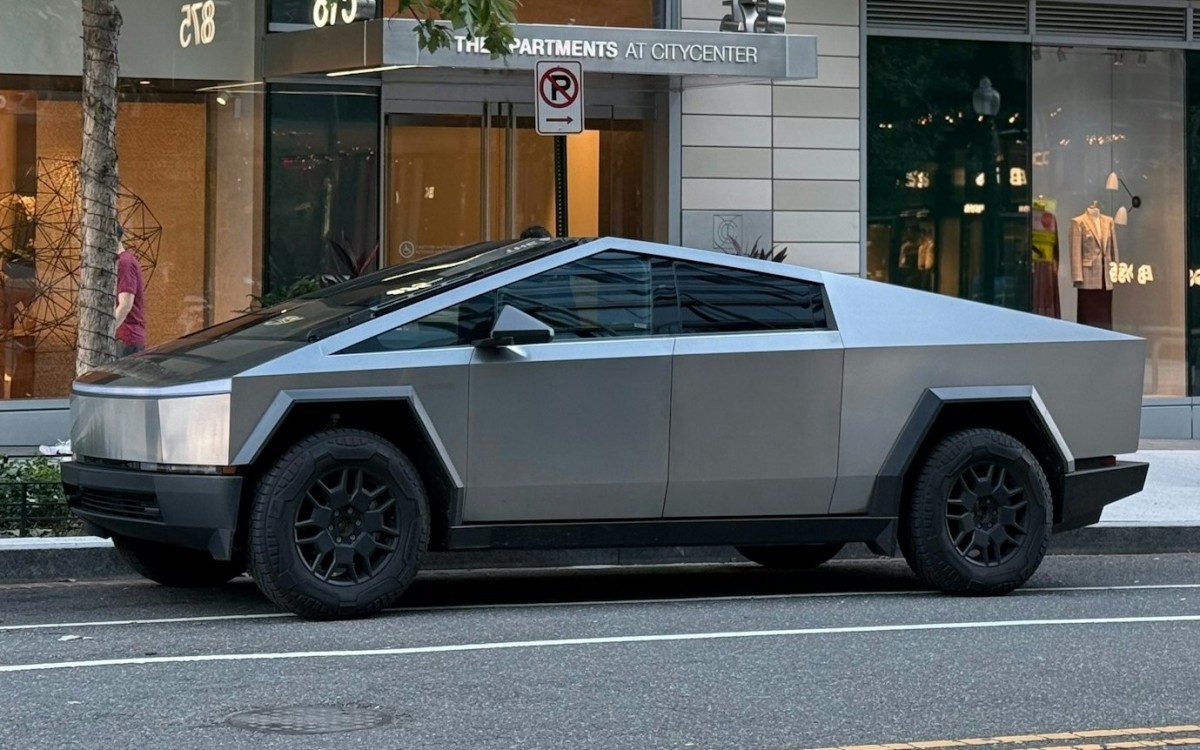
With the core automotive business showing signs of strain, CEO Elon Musk is widely expected to steer the conversation toward the future. Rather than focusing on vehicle sales figures, the earnings call will likely be dominated by updates on long-promised ventures like the Robotaxi network and the Optimus humanoid robot.
This pivot to AI and robotics appears to be resonating with investors, as the top shareholder questions submitted for the call are almost exclusively about the timeline and progress of these futuristic projects. It is a well-worn tactic: when present-day realities are tough, paint a compelling picture of a tomorrow powered by autonomous vehicles and robot helpers.
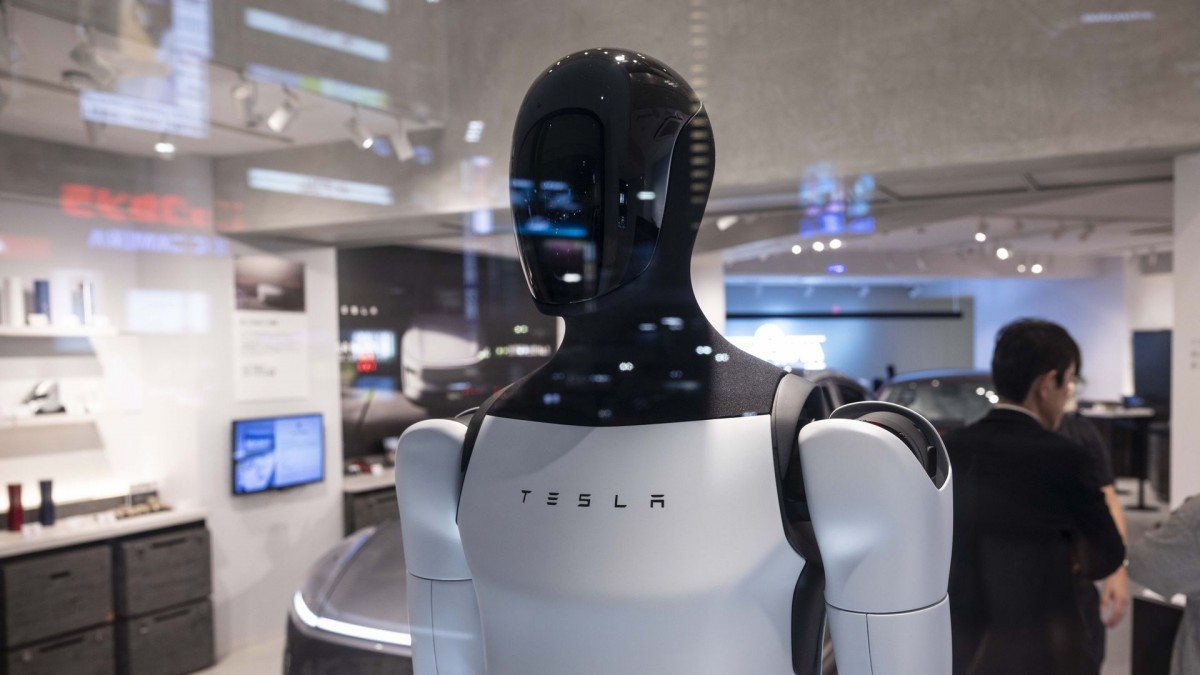
The road ahead for Tesla is far more challenging than it has been in years. The company is grappling with a combination of increased competition, brand image destruction, a product line in need of more than just a refresh, and the loss of crucial revenue from both regulatory credits and government incentives.
The vision of a future filled with Tesla robots and self-driving taxis is alluring, but these ventures are still far from generating the kind of revenue needed to offset the struggles in its primary business of selling electric cars. The solutions proposed by Musk will take years to replace the income Tesla is about to lose within months. We all will be listening tonight to what the world's richest person plans to do to save the EV pioneer. Maybe we'll finally get to see the "small" Tesla that the company is working on?
Related
Reader comments
- Anonymous
why not, its been done for centuries..called taxes.
- 23 Jul 2025
- B4X
- deep thoughts
Pay a subscription to train someone else's self-propelled web-connected spy-camera in my home? In my office?
- 23 Jul 2025
- kmq


